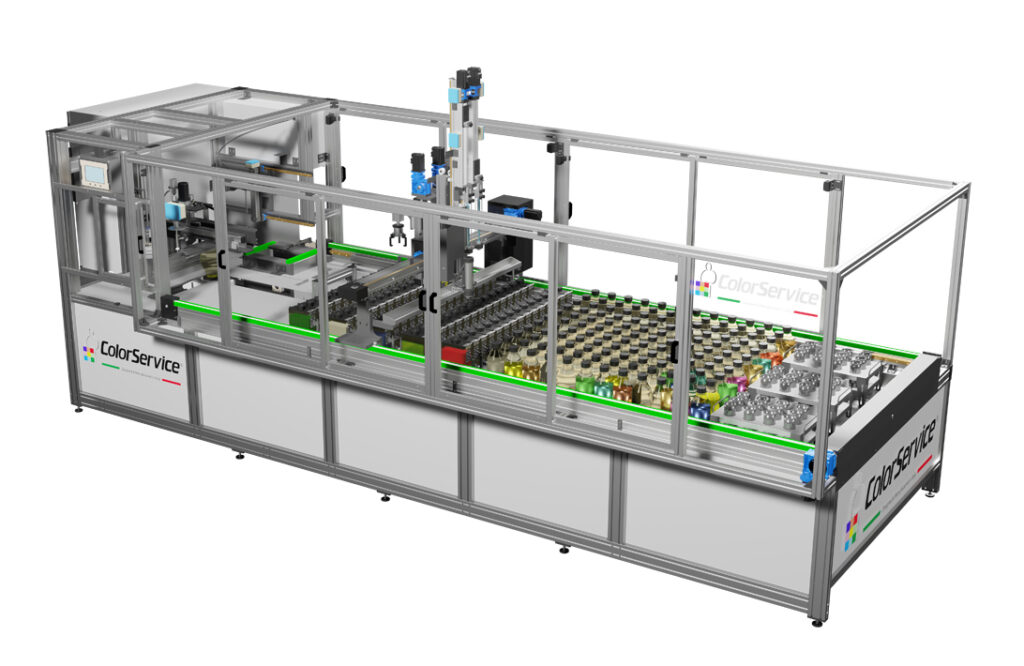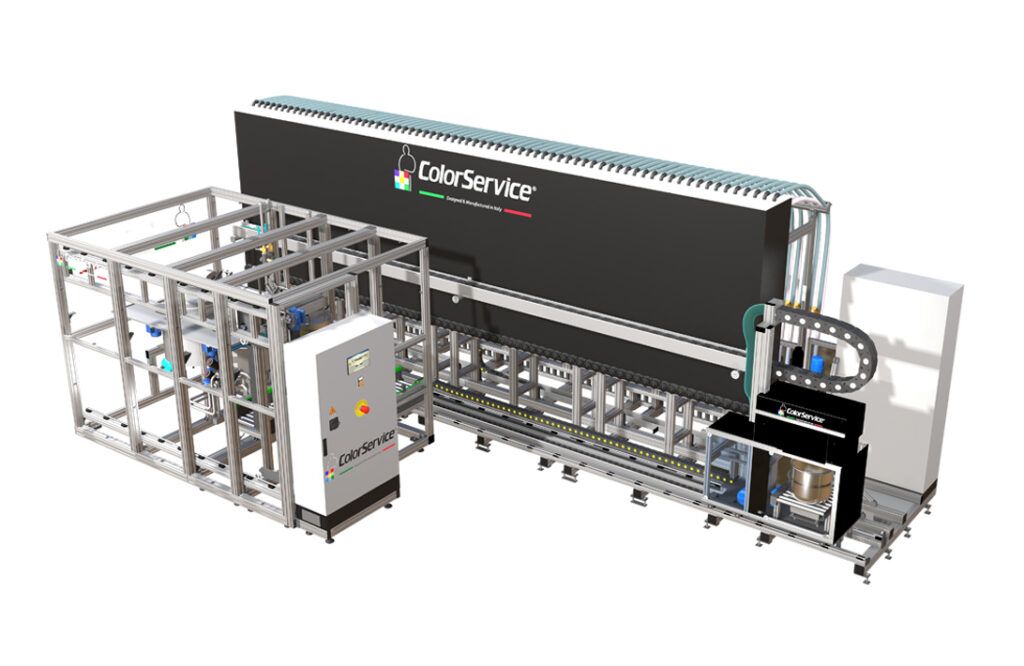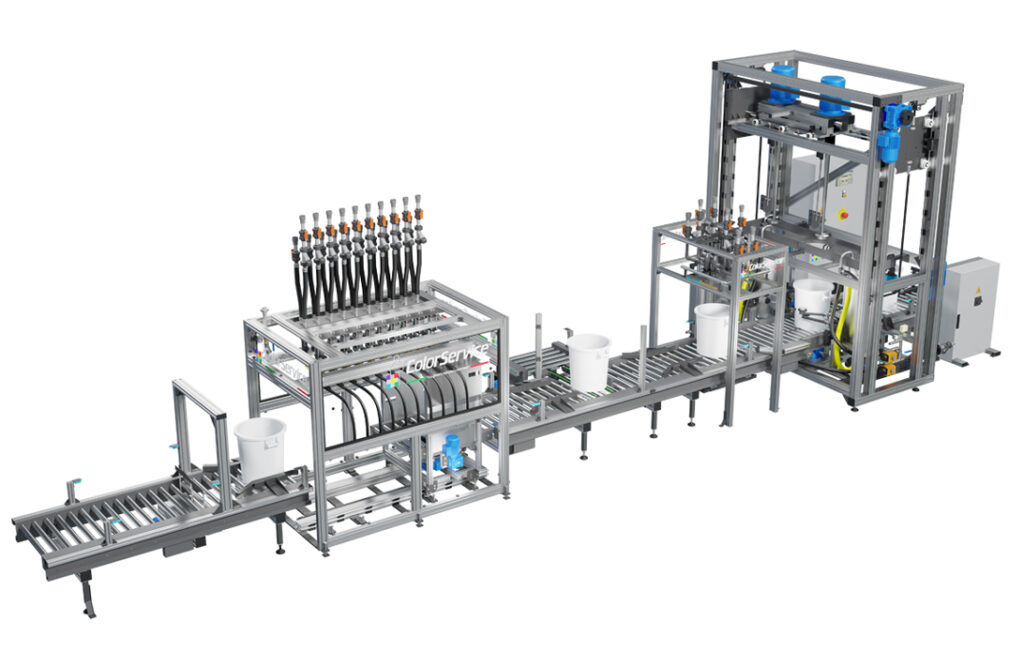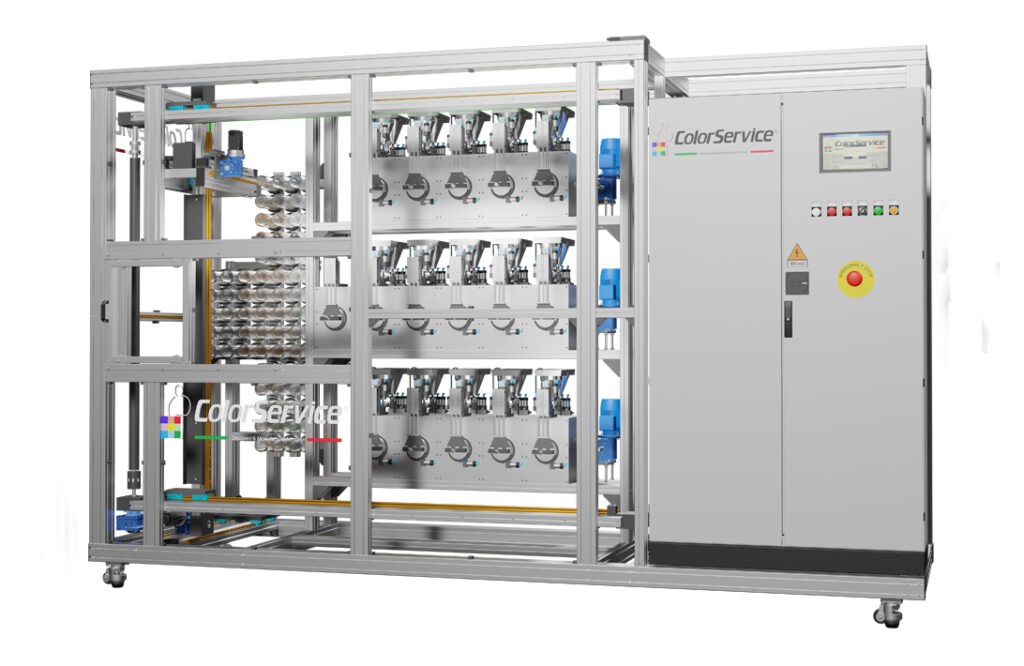In the dynamic landscape of the global textile industry, Color Service has emerged as a trailblazer, continuously innovating and adapting to meet the evolving needs of the market. With a legacy of precision, reliability, and speed spanning years, Color Service, under the guidance of Goksun Ozensoy, the Marketing Manager, has not only weathered the challenges of the past but has also strategically positioned itself for a transformative future. In an insightful conversation, Ozensoy sheds light on the company’s performance, groundbreaking innovations, and its pivotal role in shaping the textile industry’s trajectory. Join us as we explore the dynamic world of Color Service and its commitment to pushing the boundaries of textile automation while championing sustainability.

Reflecting on the past year, Ozensoy acknowledges a slowdown compared to 2022 but attributes it to a temporary phase. Global market growth continues, and investments, initially delayed, are set to surge in the coming year. Notably, China’s decreasing influence in synthetic garment production has redirected investments to emerging markets like India and Bangladesh.
Innovations
Ozensoy highlights Color Service’s recent launches at ITMA, including the innovative lab dyeing machine, “COLOR DYEING.” This technology offers a unique automatic and integrated approach to dyeing lab samples, closely resembling the production process. The company also showcased its printing automation solutions, emphasizing the use of powder dyes without dissolving for reactive and disperse printing.
While acknowledging postponed investments, Ozensoy anticipates a market rebound in the second half of 2024. Factors such as the diminishing impact of geopolitical events in Europe and improved economic conditions in the US contribute to this positive outlook.
Indian market
India stands out as a crucial market due to its size, diversity, and flexibility, particularly in the expanding synthetic garment production sector. China remains a significant market, despite apparent economic challenges, and Color Service sees promising opportunities in Bangladesh. However, the North and South American markets are currently experiencing a slowdown.
Color Service claims a market leadership position in India, boasting over 50% of automation systems and an impressive 80% market share in full-automatic systems. Factors contributing to this success include a uniform agency covering the entire market, local after-sales support, and product diversity customized to meet specific project requirements.
Ozensoy emphasizes the impact of government incentives on the textile market. While appreciating such initiatives, he suggests the need for faster and more accessible procedures, especially for small investors, to drive rapid market changes.


Advantage Color Service
In a highly competitive industry, Ozensoy identifies Color Service’s key advantages as accuracy, reliability, and speed. The company’s commitment to customization, experience, and a flexible approach to projects further distinguishes it in the market.
While acknowledging the importance of automation and digitization in textile manufacturing, Ozensoy highlights that Color Service, as an automation-focused company, continuously produces new technologies as part of its regular operations.
Ozensoy underscores the role of automation in sustainability, emphasizing how Color Service aids customers in producing faster, more accurate, and efficient processes. This, in turn, contributes to resource conservation, such as water and energy savings, aligning with the global shift towards sustainable practices.


Future Outlook
Looking ahead, Color Service is concentrating on lab dyeing, recognizing the growing importance of shorter production cycles and the increasing significance of lab work in the industry. Ozensoy anticipates a wealth of potential in this domain, showcasing the company’s commitment to staying ahead in a rapidly evolving textile landscape.
